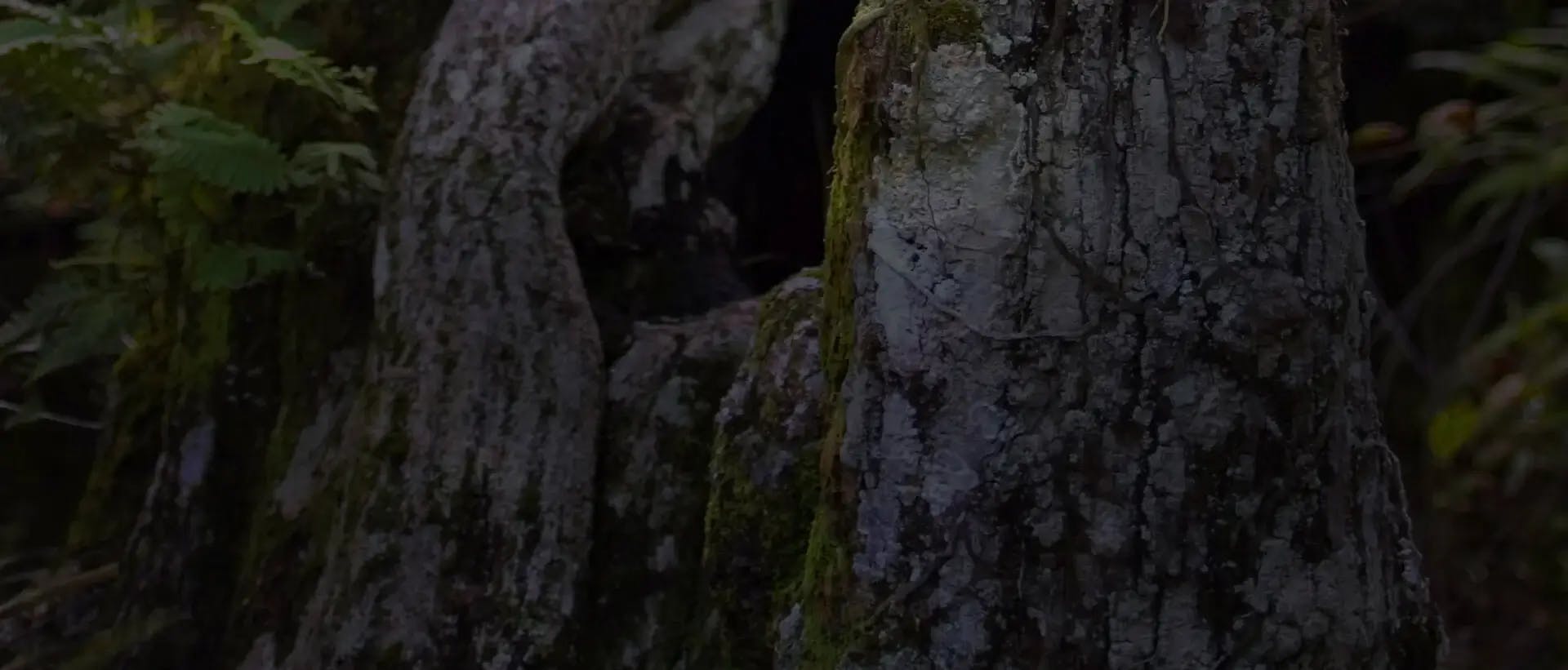Finding
SITF has determined this plant not to be Dendrobium convexipes or any other known species in the Section, but probably an unknown hybrid (Jul 2023). Our thanks to Dr. Andre Schuiteman, Internationally known Taxonomist, for his aid in identifying this plant. The petals of this plant lack any evidence of cilia along the petal margins; the leaves are not held in a single plane and the shape of the lip and crests are not close to that of D. convexipes. The leaves of D. convexipes twist 90 Degrees at their base to present all the leaves in a single plane; this is not shown on this plant. This plant does not key to any known species in the Section Calyptrochilus. Best guess might be a manmade hybrid, possibly between D. lawesii and D. subclausum.
Judging Center: MAJC
Award Number: 20234467
Award Date: February 11, 2023
Awarded As: -1
Dendrobium convexipes J.J.Sm., Nova Guinea 14 (1929) 438, pl. 69, 85.Type: Lam 1423 (holo L); paraSynonyms:Chromatotriccum convexipes (J.J.Sm.) M.A.Clem. & D.L.Jones, Orchadian 13 (2002) 493Stems crowded, elongated, flexuose, 47 cm long, internodes to 2.5 cm long. Leaf sheaths with truncate apex that is incised in front, slightly verruculose. Leaves patent, twisted at the base so as to lie in one plane, narrowly subovate-lanceolate, 5.6 by 0.78 cm, coriaceous-papyraceous, apex acute to narrowly obtuse, mostly with a long subulate apicule. Inflorescences lateral from leafy and defoliated stems, racemose, 0.8 cm long, 3-5-flowered. Floral bracts ovate, apex acuminate. Pedicel and ovary 2.2 cm long, clavate, rounded triangular in cross-section, slightly sigmoid. Flowers c. 2.3 cm long. Dorsal sepal 0.6 cm by 3.6 mm; mentum narrowly conical, 1.5 cm long. Petals 0.65 cm by 1.6 mm, apical margins papillose-ciliolate. Lip when flattened 1.4 by 0.72 cm, claw for c. 0.4 cm adnate to the column-foot, apex cucullate, 5-7-plicate, in the middle pectinate-dentate, the teeth decreasing in size outwards. Column 0.28 cm long; column-foot 1.5 cm long, with a covering membrane which is excised at the apex and produced into a triangular tooth.(after Smith, 1929). Colours:Flower lilac, lip with a lighter apex. Leaves and sheaths shining dark green-violet, more green and dull beneath.Habitat:Epiphyte in low, mossy, Vaccinium-dominated montane forest. Altitude 1400 m.Distribution:New Guinea (endemic).Distribution New Guinea:Papua (Jaya Wijaya Regency).Cultivation:Intermediate growing epiphyte, keep in shade.Flowering time in the wild:September.--Albert V. Messina M.D.--Albert V. Messina M.D.











































